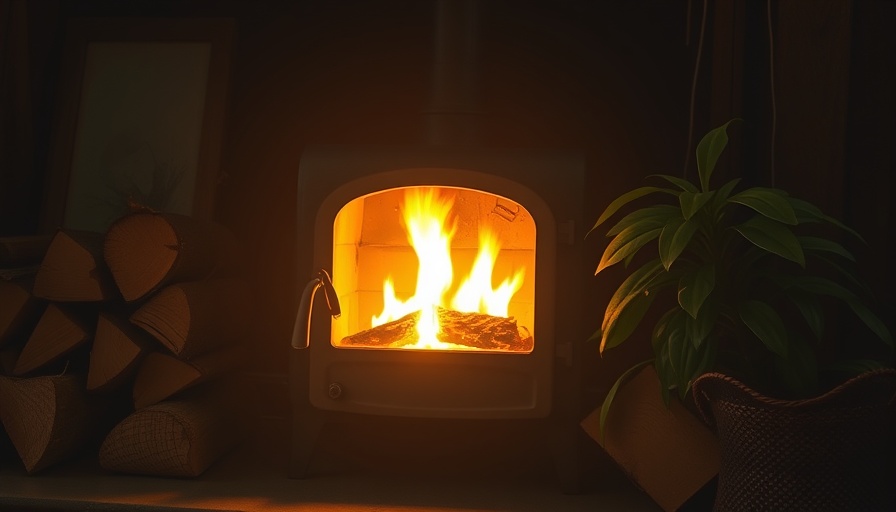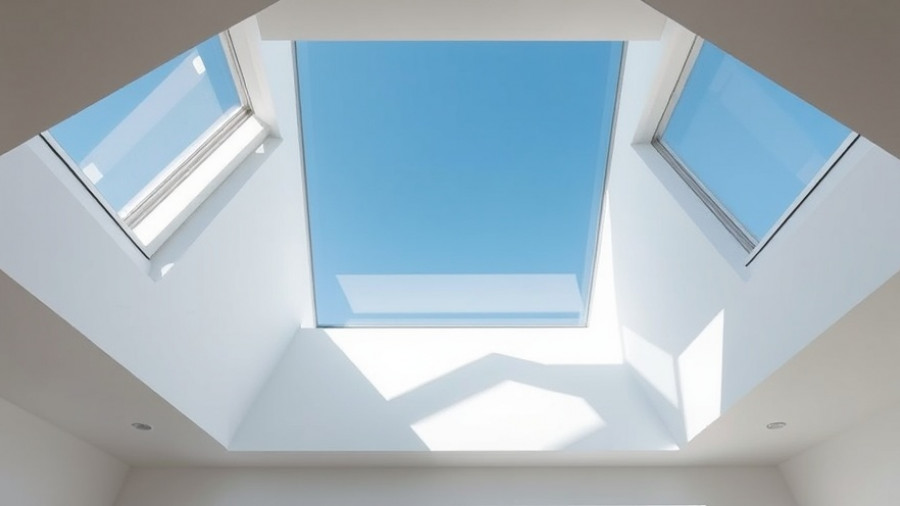
The Rising Popularity of Log Burners in London
As Londoners seek eco-friendly solutions and ways to cut down on soaring energy bills, log burners have emerged as an attractive alternative. These charming heating options provide not just warmth, but also a cosy atmosphere that can turn any living space into a sanctuary.
Understanding Log Burners: What Are They?
A log burner, or wood-burning stove, is an efficient appliance designed to produce heat by burning logs. Unlike open fireplaces, log burners are engineered from materials like cast iron or steel, ensuring better heat retention and minimal smoke pollution. With an aesthetically pleasing design featuring a glass door, they offer both functionality and captivating visuals, making them popular choices for homes.
Why Young Homeowners are Choosing Log Burners
The increasing adoption of log burners reflects a shift towards sustainable living among young homeowners in London. These stoves convert between 70-85% of the wood's energy into heat, making them an efficient alternative compared to traditional fireplaces. Moreover, for those who source their logs sustainably, the environmental impact is diminished, presenting an eco-conscious heating option. Those with access to affordable firewood find themselves significantly cutting down on heating costs, making log burners not only a stylish upgrade but a financially savvy one as well.
The Financial Consideration: Cost Breakdown of Log Burners
When contemplating a log burner for their homes, many young Londoners wonder about the financial implications. The price for a log burner can range from £500 to £1,500, with an average around £900. Various factors contribute to the price such as size, brand, efficiency rating, and features. Before making a purchase, consider the material of the stove and its longevity, balancing cost against the long-term savings on heating.
Installation Costs: What to Expect
Installation plays a pivotal role in the overall cost of owning a log burner. Generally, installation can be the most expensive aspect, averaging between £600 to £1,500 depending on the complexity and requirements of the project. Factors that may influence the total installation price include the need for new flues, chimney lining, or any renovations required to fit the burner securely.
Maximizing Efficiency: Tips for Log Burner Owners
Once installed, further enhancing the efficiency of your log burner is possible with thoughtful practices. Keep your logs dry and season them for at least six months before use; this maximizes output and minimizes pollutants. Regular maintenance is also essential to ensure safety and performance. Owners should schedule an annual inspection to clean the flue and check for any potential hazards.
Creating a Cosy Atmosphere
Beyond mere functionality, log burners add an undeniable charm to a home. Picture an evening spent with loved ones, the flickering flames casting warm shadows across the walls, hot cocoa in hand. It's moments like these that define the experience of home ownership, making log burners more than just another appliance; they become a centre-piece of comfort and joy in everyday life.
Looking Toward the Future of Home Heating
As technology and design continue to evolve, the log burner market is poised for innovation. Smart log burners that integrate with home automation systems are beginning to hit the market, enabling owners to control their heating remotely. This trend will likely provide an even more energy-efficient option that appeals to tech-savvy Londoners wishing to create a cosy, sustainable home.
In summary, the addition of a log burner is not just an investment in a heating solution but a lifestyle choice that brings warmth, aesthetics, and sustainability into young homeowners' lives. Whether you’re considering making the switch or just exploring your options, understanding the costs and benefits is key to making an informed decision.
Ready to warm up your home with a log burner? Dive into your local stores and explore options that blend efficiency with style! Don’t forget to consider installation costs and maintenance as you plan your deliciously cosy new setup.
 Add Row
Add Row  Add
Add 




Write A Comment